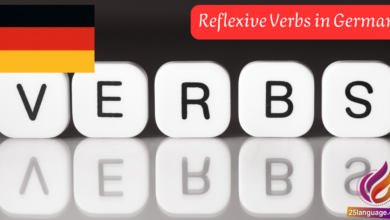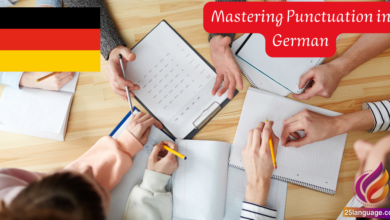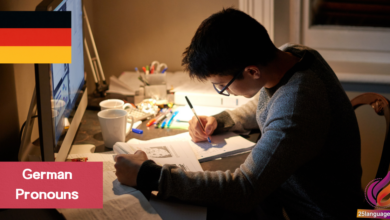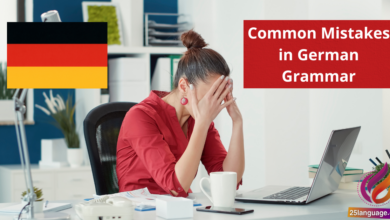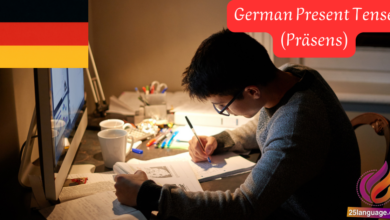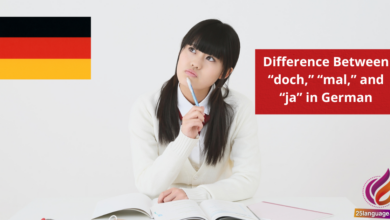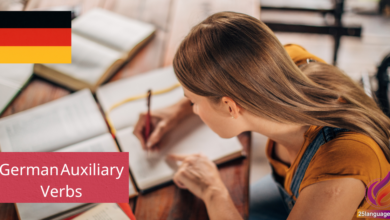Adjective Endings in German
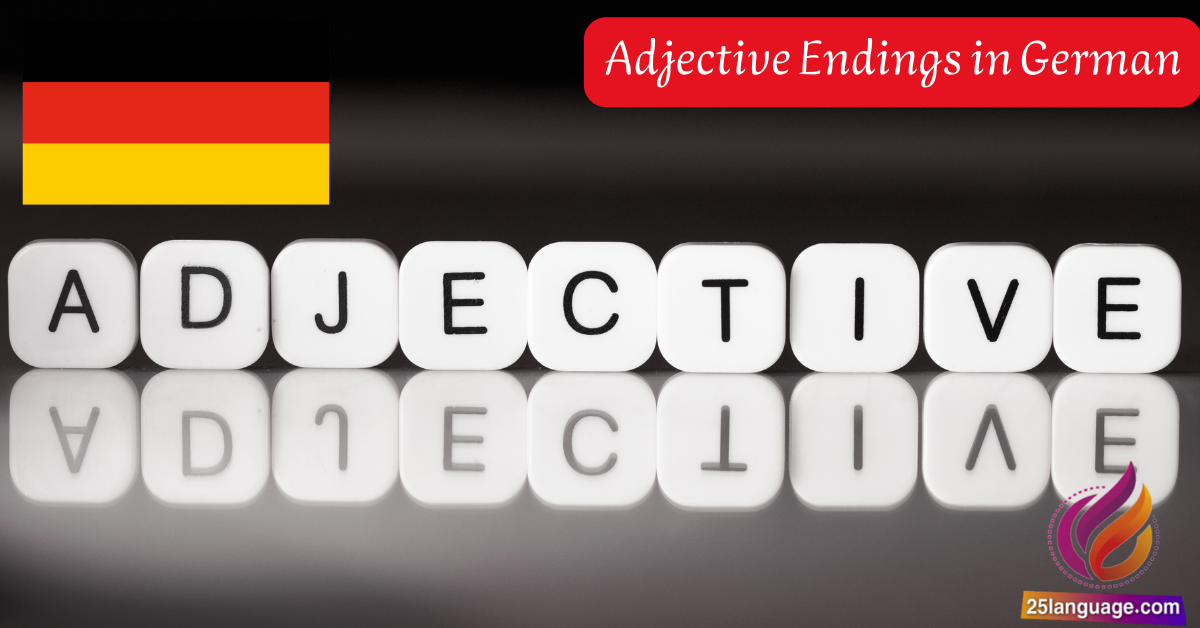
Unlocking the beauty of the German language involves understanding how adjectives change to match the nouns they describe. In this lesson on German adjective endings and declension,you’ll discover how these endings reflect gender,case,and number. By mastering this essential aspect, you’ll enhance your interaction skills, allowing you to express yourself more precisely and confidently. Get ready to deepen your language proficiency and bring clarity to your conversations!
mastering German Adjective Endings with Practical Guides
In German, adjectives take different endings depending on the gender, case, and whether the noun they describe is preceded by a definite article, an indefinite article, or no article at all. The endings can be categorized based on three main articles: definite (der, die, das), indefinite (ein, eine), and no article. Understanding the structure is essential for proper usage. For example, when using a definite article, the adjective endings align with the noun’s gender and case:
- Masculine nominative: der alte Mann (the old man)
- Feminine nominative: die alte Frau (the old woman)
- Neuter nominative: das alte Kind (the old child)
For indefinite articles, the endings change slightly to reflect the less specific nature of the noun:
- Masculine nominative: ein alter Mann (an old man)
- Feminine nominative: eine alte Frau (an old woman)
- Neuter nominative: ein altes Kind (an old child)
When nouns are used without articles, the adjective endings must reflect the case and gender, which is typically characterized as follows:
| Case | Masculine | Feminine | Neuter | Plural |
|---|---|---|---|---|
| Nominative | alter Mann (old man) | alte Frau (old woman) | altes Kind (old child) | alte Leute (old people) |
| Accusative | alten Mann (old man) | alte Frau (old woman) | altes Kind (old child) | alte Leute (old people) |
| Dative | altem Mann (to the old man) | alter Frau (to the old woman) | altem Kind (to the old child) | alten Leuten (to the old people) |
| Genitive | alten Mannes (of the old man) | alten Frau (of the old woman) | alten Kindes (of the old child) | alter Leute (of the old people) |
Understanding declension Patterns for German Adjectives
in German, adjectives can change their endings based on the case, gender, and number of the nouns they modify. This process is known as declension. The three main cases are nominative (subject), accusative (direct object), and dative (indirect object). additionally, adjectives can take different forms depending on whether they follow a definite article (the), an indefinite article (a), or no article at all. For example:
- Nominative: der gute Mann (the good man) – masculine
- Accusative: Ich sehe den guten Mann (I see the good man) – masculine
- Dative: Ich gebe dem guten Mann ein Buch (I give the good man a book) – masculine
The declension patterns follow a predictable structure. With the definite article, adjectives take endings based on the case and gender.Here’s a simplified table to illustrate these patterns for strong, weak, and mixed declensions:
| Case | Definite article | weak Adjective Ending | Mixed Adjective Ending | Strong Adjective Ending |
|---|---|---|---|---|
| Nominative | der | e | e | er |
| Accusative | den | en | en | en |
| Dative | dem | en | en | em |
Clear Examples of german Adjective Usage in Context
In German, adjectives can be used in various forms depending on their function in a sentence: attributive (before a noun), predicative (after a verb), and adverbial (modifying a verb). When used attributively, adjectives must agree in gender, case, and number with the nouns they describe. Key endings change according to whether the noun is preceded by a definite article (der, die, das), an indefinite article (ein, eine), or no article at all. For instance:
- Der große Hund (The big dog) – where “große” is the attributive adjective.
- Eine kleine Katze (A small cat) – where ”kleine” modifies “Katze”.
- Ich habe zwei interessante Bücher (I have two interesting books) - “interessante” agrees with the plural noun “Bücher”.
- Mein Bruder ist intelligent (My brother is intelligent) – here, “intelligent” is used predicatively after the verb “ist”.
Adjectives can also be adverbial, providing additional details about verbs, which do not require agreement with gender or case. Such as, in the sentence “Er spricht schnell” (He speaks quickly), “schnell” acts as an adverb modifying the verb “spricht”. Moreover, it is essential to note the adjective declension patterns, which vary based on the article. Below is a simple overview:
| German Example | Rule | English Translation |
|---|---|---|
| ein teurer Tisch | Indefinite article, nominative case | a expensive table |
| die schönen Blumen | Definite article, nominative case | the beautiful flowers |
| dem alten Mann | Definite article, dative case | to the old man |
| sehr wichtig | Predicative use, does not change | very crucial |
Effective Strategies for Learning German Adjective Endings
Learning the endings of German adjectives can be daunting, but understanding the underlying rules can help simplify the process. In German, adjectives must agree with the noun they describe in case, gender, and number. The endings vary depending on whether the adjective precedes a definite article (der, die, das), an indefinite article (ein, eine), or no article at all. Here are some key points to consider:
- With definite articles: the adjective endings change according to the gender of the noun and its case.
- With indefinite articles: The endings adjust slightly but still depend on case and gender.
- No article: the adjective endings reflect the case and gender of the noun without any article affecting them.
For example: In the nominative case, we use der gute Mann (the good man), die gute Frau (the good woman), and das gute Kind (the good child). In the accusative case with definite articles, this changes to den guten Mann (the good man), die gute Frau, and das gute Kind. For indefinite articles in the nominative case, it would be ein guter Mann (a good man), eine gute Frau, and ein gutes Kind. This illustrates that understanding the article used with the noun greatly influences the adjective ending.
| German Example | Ending Rule | English Translation |
|---|---|---|
| der alte Mann | Definite article, masculine, nominative | the old man |
| die alte Frau | Definite article, feminine, nominative | the old woman |
| ein alter Mann | Indefinite article, masculine, nominative | a old man |
| ein alte Frau | Indefinite article, feminine, nominative | a old woman |
| den alten Mann | Definite article, masculine, accusative | the old man |
Final Thoughts
we have explored the fascinating world of German adjective endings and declension, an essential aspect of mastering the language.We began by understanding the importance of adjectives in enhancing our ability to describe the world around us. We then delved into the three main types of declension: strong, weak, and mixed, each with its unique set of adjective endings that depend on the gender, number, and case of the nouns they modify.
Remember that practice is key! Don’t hesitate to incorporate these structures into your daily conversations or writing exercises. The more you use the rules we’ve learned, the more natural they will feel. Try to describe your surroundings in German, forming sentences that utilize different cases. You might be surprised at how quickly you begin to find confidence in your skills!
Also, continue to familiarize yourself with noun-adjective combinations, as they will greatly enrich your vocabulary and expression. Learning a new language is a journey filled with challenges, but with perseverance and practice, you are well on your way to becoming proficient in German. Keep up the great work, and remember: Every step you take brings you closer to fluency. Viel Erfolg!



